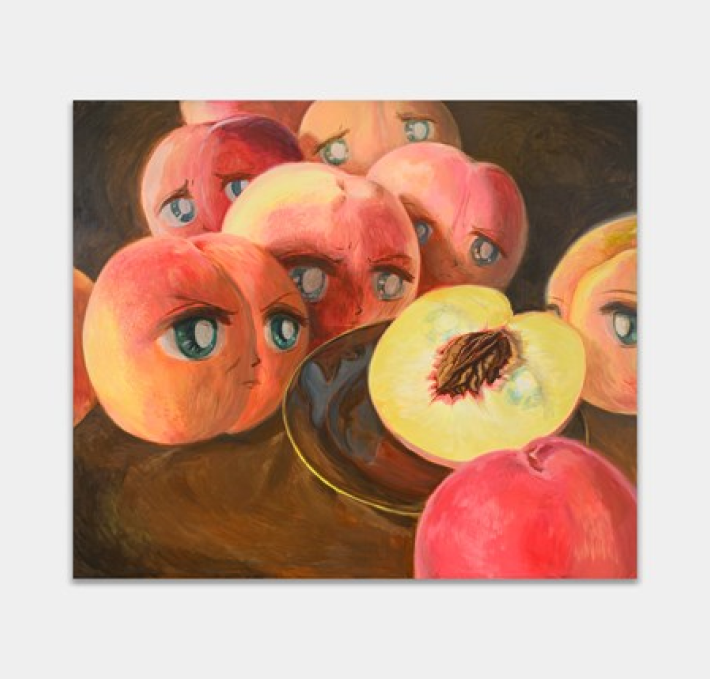Auction highlight

Auction highlight
Bidding Increments
A comprehensive guide to bidding increments from the experts at The Auction Collective.

Bidding increments are standardised across most auctions.
Bidding Increments
To avoid any confusion in an auction, bids increase by a set ‘increment’ each time. The bidding increments are:
Although at first it might seem like a random arrangement of numbers, if you look closer you will see a pattern emerging in the numbers after 100. They increase roughly by 10% each time and the pattern repeats itself as more zeros are added:
These are the standard increments that are used in most auctions across the world – a universal auction language. But sometimes, the auctioneer will increase the bids in smaller increments if they feel it will encourage more bidding. This is also known as ‘splitting the bids’.
Needless to say, you don’t need to know the increments by heart when bidding.
The auctioneer will always let you know what the next bid increase will be. But if you are ever in any doubt then just ask.

Keep reading